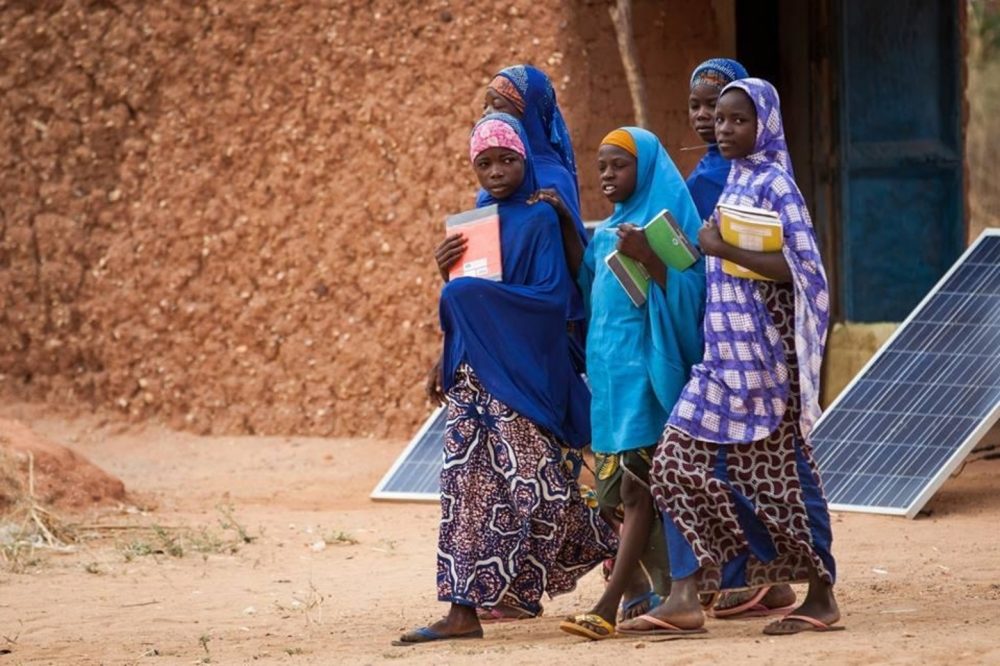Our research shows that adolescent girls are one of the groups most at risk when disasters strike.
As a result of existing gender inequality and discrimination, adolescent girls are more likely to drop out of school, suffer from violence and discrimination, marry early, become pregnant and lose their livelihoods during disasters. In short, disasters stand in the way of girls’ ability to reach their potential and thrive.
Disasters overwhelmingly affect the countries that can least afford to deal with them – 9 out of 10 take place in the developing world.
Girls’ needs overlooked
Risks faced by children and their communities, both natural and human induced shocks and stresses, are escalating. Increasing vulnerability and exposure, combined with the impacts of climate change and conflict, threaten development progress and the fulfilment of children’s rights.
Adolescent girls are especially vulnerable to disasters as they begin to assume adult responsibilities and roles without the key skills and networks adults have. Moreover, adolescent girls are often overlooked and excluded from protection responses, which fail to address their unique vulnerabilities.
These issues have devastating effects on girls’ education, making them less likely to access life-saving information, such as where to go in the event of a disaster, or how climate change impacts lives.
Disaster Risk Reduction
The Sendai Framework outlines the 7 global targets to reduce disaster risk and build resilience. However, Plan International believes further effort to ensure children’s – especially girls’ – rights, is essential, before, during and after disasters.
AHO is organising three side events:
- Leveraging young people to build resilience in high vulnerability contexts
- School safety: a sustainable way to increase the resilience dividend
- Using gender, age and disability-responsive data to empower those left furthest behind: How to do it and why it`s fundamental to effective disaster risk reduction
Upholding rights during disasters
We are advocating at global level to ensure the needs and rights of girls are included in disasters policy and programmes. This includes changing attitudes that cause gender-based violence, providing comprehensive sexual and reproductive health services and ensuring economic opportunities.
Following emergencies, we support girls’ immediate needs and their rights. After the Idai cyclone we introduced adolescent-friendly spaces. These spaces keep girls safe and allow them to openly discuss key issues such as sexual health. They also allow the needs of girls who are married, pregnant or young mothers to be addressed in a secure environment.
Addressing adolescent girls’ specific needs is essential to reduce the impact of crises and ensure girls are able to thrive.


